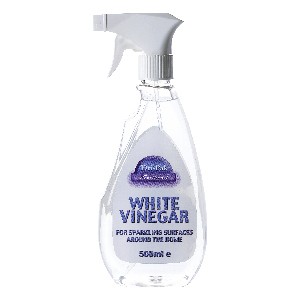.JPG) |
| Looking like a cross between a large fly and a palmetto bug, a cicada clings to the bark of a sycamore tree |
Simply Living
August 27, 2012
If I lived in the city, the constant hum of traffic
interspersed by the squeal of tires, honking horns, the scream of sirens and
the muffled voices of people would be the background sounds of my life. After a while, I’d probably become so
accustomed to these day-and-night noises, I’d stop noticing them.
That’s how it is in the country too only instead of automotive
sounds blending into a background blur, the songs of cicadas create a white
noise whir.
I’ve lived in the country for most of my life but it was only
recently that I realized cicadas are responsible for the constant hum reverberating
through the air during daylight and nighttime hours. Until a few days ago, I knew cicada only as a
nondescript insect that sang. I didn’t
know where it lived, what its song sounded like or how it looked.
I would probably be oblivious still if I hadn’t been waiting
for Ralph.
We were supposed to meet up the hill to decide where to put
wire fencing our son was dropping off.
But my husband was taking a long time and I was getting antsy. Instead of being peeved, I took a deep breath
and leaned against a sycamore tree intending to relax and accept the moment.
The moment had a different idea.
The pressure of my back against the tree’s trunk incited a
flush of fluttering. Startled by the
unexpected movement, I jumped away from the tree. I turned to look back, surprised by what I
saw. The tree was dotted with bugs. Large, bright-colored, long-winged insects
clung to the trunk.
“What are they?” I wondered.
“Do they bite? Do they
sting? And why have so many congregated
on a sycamore in the middle of the afternoon?”
My curiosity was piqued.
I had my camera with me and began clicking off
pictures. I soon discovered that as long
as I didn’t touch them, the insects were unfazed by my presence. Those I inadvertently disturbed fluttered a
short distance away to a nearby branch. As
they flew, they made a familiar clicking sound that triggered a muted memory.
“Cicadas?” I considered.
“Could that be what they are?”
Ralph finally arrived and we focused on where to put the
fencing. When done, my husband went back
to work on other projects and I went inside to upload my pictures and do
research. A short time later, I was
certain. The insects on the sycamore
tree were indeed cicadas.
There are 3,000 cicada species worldwide with 19 different types
in Florida. At two inches long, the ones
I saw were on the large end. Other
species range from three-quarters of an inch to three inches. Cicadas are in the Homoptera family, which also
includes aphids, leafhoppers and scale insects.
Like other Homopterans, these transparent-winged bugs have stout bodies,
big eyes and broad heads. Cicadas tend
to live in groups called clouds and dine exclusively on a diet of xylem, sap sucked
from host plants.
A cicada lifecycle goes through many phases. Mature females lay eggs in the soft wood of
young branches or in ridges between the bark of host trees. When nymphs emerge from the eggs, they crawl
down, burrow underground and attach themselves to roots, from which they
proceed to suck fluids. Since the xylem they’re
ingesting has few nutrients, this stage of development can take a long time –
in some cases, several years.
Nymphs molt four times during their subsoil sojourn and once
more after climbing back up the host plant.
Following the fifth and final molt, the cicada is mature and ready to
mate. It is then that males produce
their incessant high-pitched song. At up
to 100 decibels, it is the loudest known sound in the insect world. Female cicadas respond. Mating takes place and the cycle repeats. Although the males’ deafening trill is seemingly
endless, individual’s lives are not. Adult
cicadas die a few weeks after procreation.
Now that I know what they are, I find it hard to believe I
went so long without making the connection.
I had long been aware of a monotonous trill filling the air but I
blocked it out, choosing to ignore rather than investigate its origin. I suppose we often do that in life. We hear the same sounds, the same words so frequently,
we stop listening. But it is important
to listen and to understand – or at least try to understand – the world around
us.
Because I leaned back against a young sycamore trunk (thank
you, Ralph, for making me wait!), I’ve become more in touch with and connected
to my surroundings. There’s a forest of
trees on our property…I wonder what else I’ve taken for granted?



